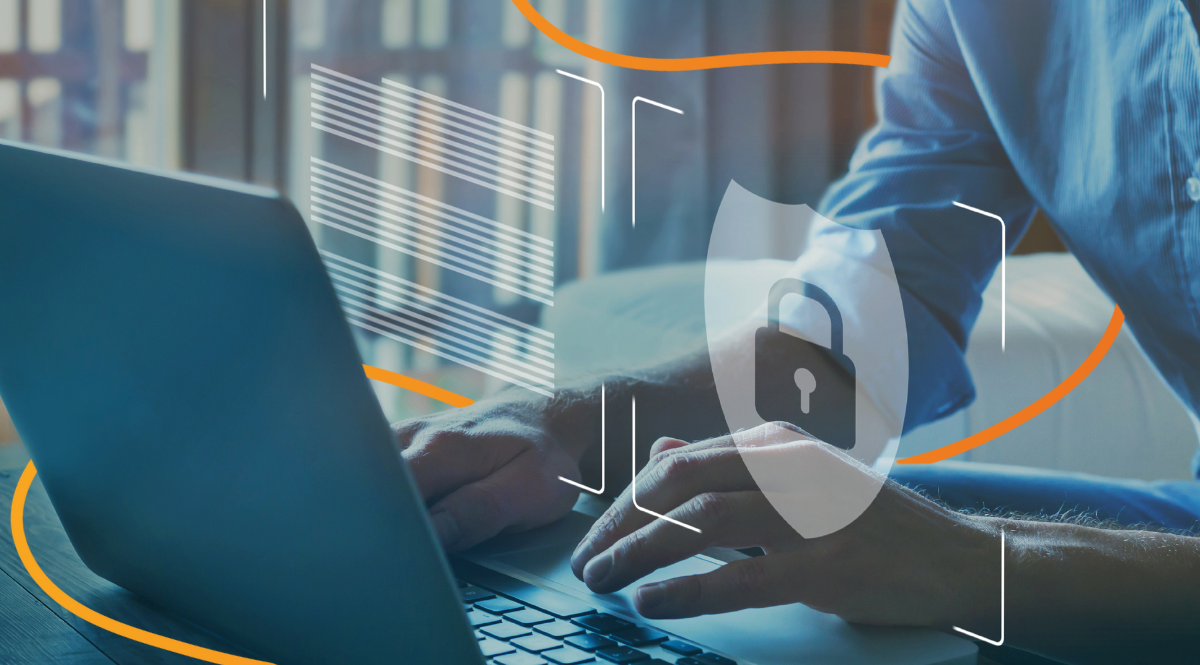
Taking the Taboo out of S_TABU Authorization Objects
SAP Authorization Objects for SAP NetWeaver AS ABAP technologies are not just blockers They are the ENABLER of access

Security has become increasingly important as businesses rely more on technology and digital systems. One area of particular importance, which is an important topic at any SAP Sapphire, is the security of interfaces, which allows different systems and applications to communicate and exchange data. SAP interfaces play a role in integrating ERP systems, but they can also be a potential vulnerability if not properly secured.
In this blog article, we will explore the importance of SAP interface security and discuss the various measures businesses can take to protect their systems and data. We will also examine some common threats to SAP interfaces and how to mitigate them. To safeguard your business, you need to understand the importance of SAP interface security and take steps to make your interfaces secure.
Ensuring the security of SAP interfaces is a critical task for businesses that use SAP systems.
If you want to learn more about the importance and neglected impact of governance and SAP interface security, check out this previous article.
It is a connection point between two SAP systems or between an SAP system and a non-SAP system. It allows data to be transferred between these systems confidentially and with integrity. Businesses must secure their SAP interfaces to prevent unauthorized access and data breaches. This can involve implementing security measures such as authentication, encryption, and access control.
Several factors can impact the security of SAP interfaces, including the complexity of the interface, the level of integration with other systems, and the type of exchanged data. Businesses need to understand these factors and take appropriate measures to ensure the security of their interfaces.
There are several types of SAP interfaces, including:
IDoc (Intermediate Document) Interface: With this standard interface, data is transferred between SAP systems or between SAP and non-SAP systems using document-based communication. IDocs allow for data exchange in various business scenarios, such as sales orders, purchase orders, and material movements.
BAPI (Business Application Programming Interface) Interface: Access to SAP business data and functionality to external systems is provided via these programming interfaces. BAPIs are used for integration with external systems, as well as for custom development within SAP.
RFC (Remote Function Call) Interface: External systems can use this programming interface to call SAP functions remotely. RFCs are used for integration with external systems, as well as for custom development within SAP.
File Interface: With this interface, data transfers between SAP systems or between SAP and a non-SAP system. Flat files are typically used for data exchange in large volumes and can be imported or exported using various file formats such as CSV or XML.
Web Services: Another common interface technology is the SAP Netweaver Web Services (SOAP, REST). This technology connects SAP systems to other systems or applications using various communication protocols, such as HTTP, HTTPS, and FTP.
Here are some steps that businesses can take to ensure the security of their SAP interfaces:
Use secure protocols: It’s critical to use them when transmitting data between SAP systems and other systems or applications. This includes using encrypted protocols such as HTTPS or SFTP.
Implement authentication: Implementing authentication measures can ensure that only authorized users can access SAP interfaces. This can include using secure login credentials, two-factor authentication, or other authentication methods.
Use role-based access controls: Businesses can ensure that users have access only to the interfaces and data they need to perform their tasks by using role-based access controls. This can help to reduce the risk of unauthorized access to sensitive data.
Monitor access and activity: Regularly monitoring activity and access on SAP interfaces can help businesses identify and respond to potential security threats. This can include logging user activity and monitoring for unusual or suspicious activity.
Stay up to date with patches and updates: It’s crucial to keep SAP systems and interfaces up to date with the latest patches and updates. This can help fix known vulnerabilities and ensure the system is as secure as possible.
Overall, ensuring the security of SAP interfaces requires a combination of technical measures and good security practices. By following these steps, businesses can help to protect their SAP systems and data from potential threats.
SecurityBridge is the most innovative cybersecurity platform with a focus on SAP security. It also helps to secure interfaces on SAP systems. SecurityBridge helps organizations protect their sensitive data and business processes by identifying and mitigating potential security risks and vulnerabilities.
One of the features of SecurityBridge is its ability to perform automated security testing of SAP interfaces. This includes both: static and dynamic testing of various types of interfaces, such as RFC (Remote Function Call), BAPI (Business Application Programming Interface), and web services. The platform can identify vulnerabilities such as SQL injection, cross-site scripting (XSS), and insecure direct object references. The SecurityBridge application identifies these vulnerabilities and helps organizations address them before malicious actors exploit them.
In addition to automated security testing, SecurityBridge includes other features to help secure your interfaces and the overall SAP security posture. These include:
Runtime security monitoring: This allows tracking user activities in real-time and detecting suspicious behavior.
SIEM Integration: To identify potential security issues and ensure compliance with regulations and industry standards, SecurityBridge provides detailed information about security events on the SAP systems.
Vulnerability management: To help identify and prioritize vulnerabilities, track remediation efforts, and ensure that the SAP system remains secure over time.
The SecurityBridge Platform also allows easy integration with third-party security tools, such as firewalls and intrusion detection systems, to provide a comprehensive view of an organization’s security posture. Overall, the SecurityBridge platform is a comprehensive solution to identify and mitigate security risks in SAP interfaces by automating testing, providing real-time monitoring, and allowing for easy compliance auditing and vulnerability management.
Posted by
Find recent Security Advisories for SAP©
Looking into securing your SAP landscape? This white-paper tells you the “Top Mistakes to Avoid in SAP Security“. Download it now.

SAP Authorization Objects for SAP NetWeaver AS ABAP technologies are not just blockers They are the ENABLER of access

SAP Security teams can kick start a comprehensive security platform and gain significant improvements already within a day What they need is a holistic platform

This article explores the differences between the 2 processes and how they can help bolster the security of SAP systems
